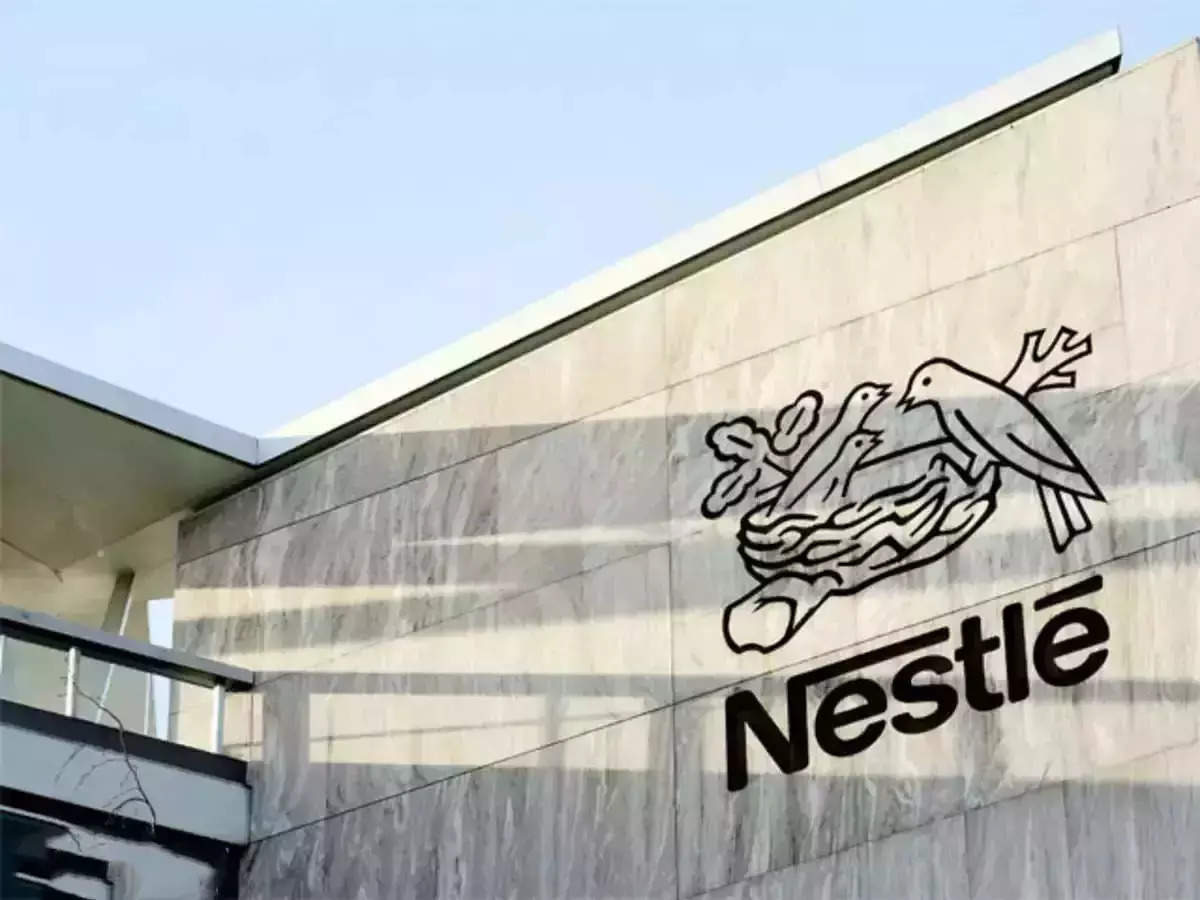Earlier, Nestle India had announced to invest Rs 2,000 crore between the years 2000 to 2020 and again in 2022, it announced to invest Rs 5,000 crore on expansion, which was to be invested by 2025.
“So if you take out the common years in the middle of the investment, the net investment would have been about Rs 5,800 crores. We are well on that track. I think Rs 3,200 crore has already been invested between 2020 and 2023,” said Narayanan.
Nestle India, which owns popular brands such as Maggi, Nescafe, KitKat etc is setting up its tenth factory at Orissa and is increasing existing capacities in our manufacturing of prepared dishes, which is the mainly Maggi range, doubling its coffee business, increasing chocolate lines and augmenting investment in distribution chains.
“By 2025, we might be recording almost Rs 6,000 crore to Rs 6,500 crore investments that we would have put since 2020,” he said adding this indicates “underlying robustness of demand for our products” but also the “commitment to the making India” philosophy, he added.
In 2023, Nestle sales crossed Rs 19,000 crore market. Currently, India is among the top ten markets of Swiss multi-national Nestle SA. “We have some strong hefts in some of the business. We are ranked very well globally. I think the outlook on India is very, very positive. And there is a lot of Equity goodwill support,” he said. Though, Narayan did not share any future numbers but said he would be very happy to be on the path of growth which Nestle India has sustained.
“If you look at our 2016 to 2022 performance, it has been around 11 to 12 per cent Y-o-Y growth and slightly higher on profitability. If I am able to deliver that on a larger base, that will be a good objective,” he said.
Over the demand scenario, Narayanan said the urban market has opened up dramatically, having a strong sweet spot, while the smaller tier II, III, IV & V are also opening up and Nestle is supporting them with relevant portfolio intervention and distribution expansion.
“In fact, if you look at urban penetration now for the company, which five years ago was about 80 per cent today it is about 93 per cent and similarly, rural penetration also has gone up significantly to rate to about 30 odd per cent, which was in a mid to high single digits a couple of years ago,” he said.
This as a cumulative effect has led to good results. In the last 28 quarters or 22 quarters, Nestle India has reported double-digit quarters, he said.
The growth is also reflected in the capex of the company, which is now investing 8 per cent of its turnover on capex, which is much higher than what it ever was.
“In the last seven, eight years, it was in the region of about 2 to 3 per cent,” said Narayanan.
Nestle is also keeping its innovation tempo high and has launched 130 new products in the last seven years, which is helping to diversify its offerings.
On the sales front, Nestle is now using AI-enabled analytics for sales automation. Many of its brands like KitKat, Maggi and Nescaffe are highly digital now in terms of consumer outreach.
“Almost 40 per cent of our media expenses as a company if we look at aggregate is being spent on digital today,” he added. In the December quarter Nestle India contributed 7 per cent of domestic sales.
(You can now subscribe to our Economic Times WhatsApp channel)












